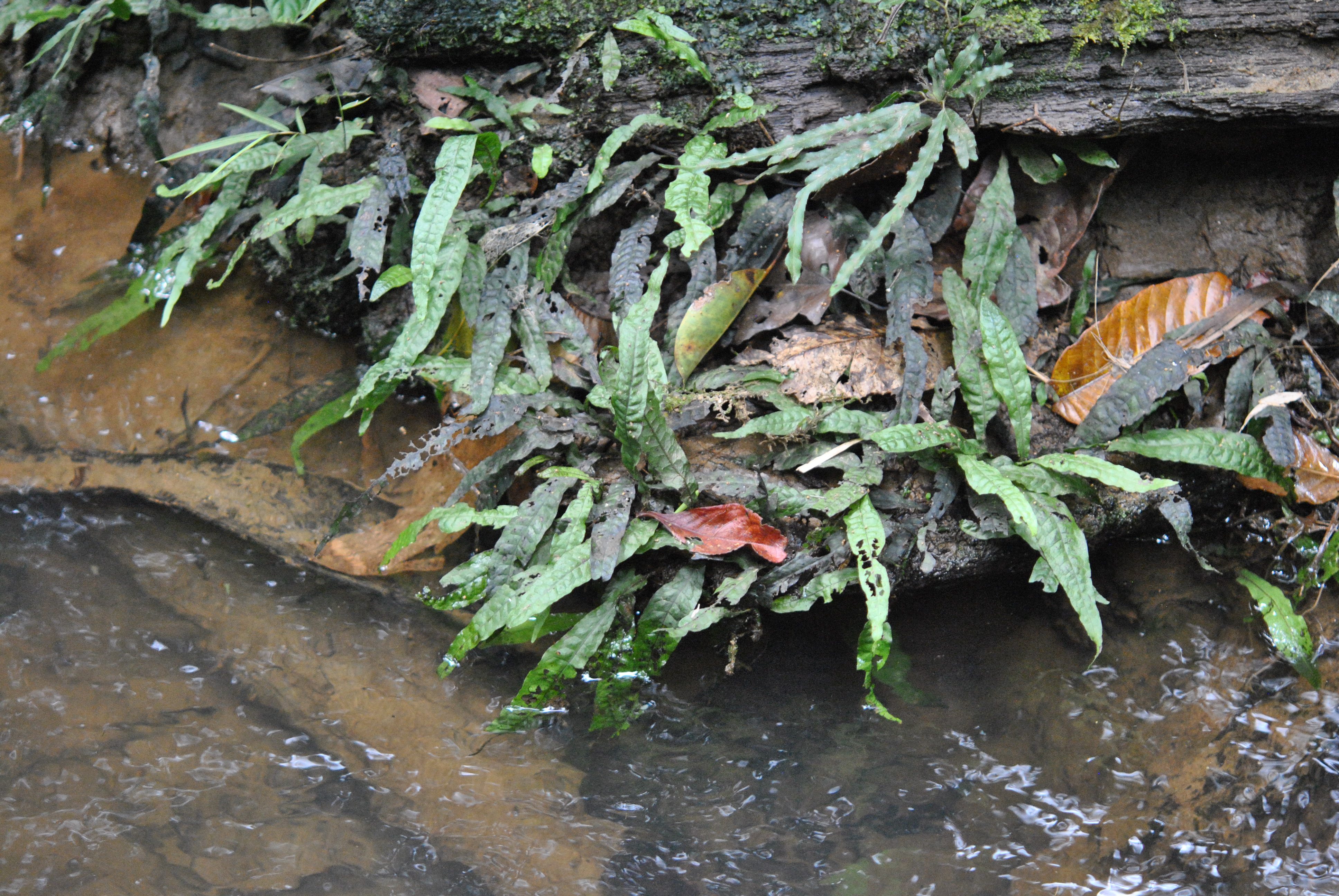I've been curious for a few days about how a prothallus of a terrestrial fern species, such as Lomariopsis lineata, can grow continuously under water without any problem. Yes, I am talking about Süßwassertang. I only know of one other similar case, that of the Microsorum (Leptochilus) pteropus prothallus, but as this is an aquatic species it does not seem so surprising. Anyway, in both cases, I am curious why the gametophyte does not give rise to the sporophyte. Although I'm biologist, botany is not my field, but as far as I know, an aqueous medium is required for gametes produced by gametophytes to fuse and give rise to sporophytes.
Why doesn't this happen in these cases?
Could the prothalli/gametophytes of other fern species be used as aquatic plants?
Why doesn't this happen in these cases?
Could the prothalli/gametophytes of other fern species be used as aquatic plants?



